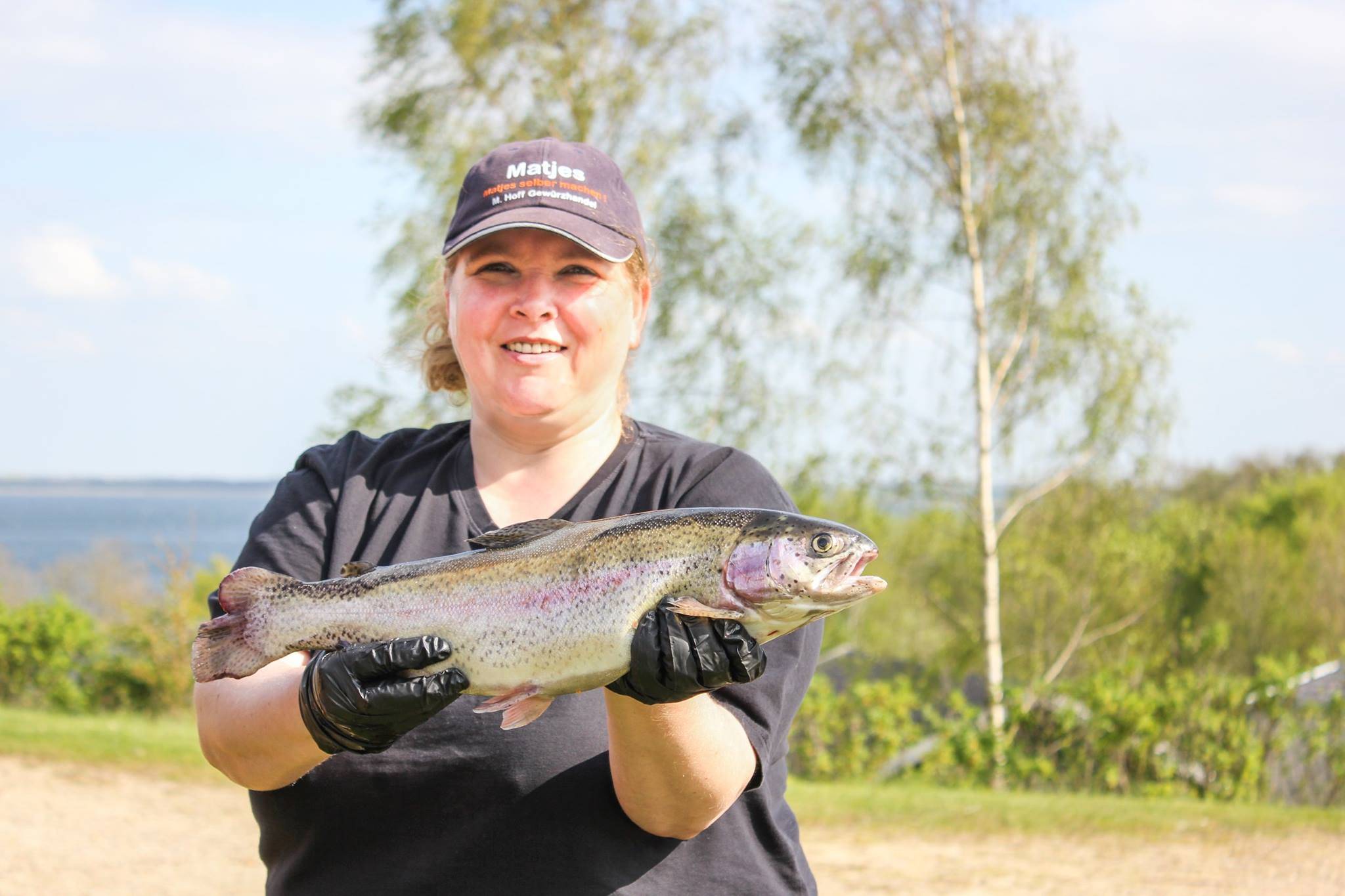Causes in coastal and open seas
The ocean's resources were long considered inexhaustible. For a long time, it was seen as unthinkable that humans could affect fish stocks. During the industrialization of the 19th and 20th centuries, ever larger areas became available for fishing, while the efficiency and scale gradually increased. Together with eutrophication, habitat destruction, a warmer climate and possibly environmental toxins, this affects the fish negatively today.

During the 19th and 20th centuries, fishing was
largely free, which enabled an unlimited take of fish and shellfish. During the 20th century, it became difficult to ignore the negative effects of fishing on stocks. Restrictions in fishing were gradually introduced through so-called quotas. However, in negotiations between countries about quotas, little consideration was often given to biological knowledge, which resulted in the quotas being set far above what the fish stocks could withstand in the long term. At the same time, knowledge of fish biology and the status of fish stocks was limited. The too high quotas in turn led to a continued decline in fish stocks and because the fish did not have time to grow large, the fish in the catch and in the sea became smaller and smaller.
Parallel to increasing fishing pressure, changes occurred in the environment such as eutrophication, increase in oxygen-free bottoms, human exploitation of spawning and rearing areas, and a warmer climate. Although some species benefit from increased water temperatures and nutrient levels as well as reduced salinity, the species that are the focus of fishing are typically disadvantaged.
On the coast, the most important environments for the fish are located in the shallowest areas, which are also most exposed to eutrophication, environmental toxins, buildings, and boat traffic. Although knowledge is currently lacking about how significant predation from seals and cormorants is on coastal fish stocks, it is likely that the increased presence of these apex predators in the Baltic Sea affects the natural mortality of fish stocks.
Causes in lakes and watercourses
The friend
From 1998, the whitefish stock weakened and commercial catches more than halved compared to 1996 and 1997. For a long time thereafter, catches varied between 160 and 300 tonnes. In the last ten years, the fishery has landed an average of about 250 tons of whitefish per year. Fishing has increased, but the professional fishermen need to be out fishing more to catch the same amount of fish as before. Catches are not only impacted by the size of the stock, but also, for example, weather during the fishing period and early icing can affect fishing. Studies have shown that the whitefish's recruitment is positively impacted by a long period of ice, which indicates that the species may be sensitive to climate change. Unusually bad weather conditions in November and December 2017 impacted landings, and only 116 tonnes were reported in the commercial fishing statistics. The total mortality for whitefish was relatively high, and the fishing harvest could increase marginally in the following two years. In the time series from Lake Vänern, there was also a correlation between the amount of adult whitefish and salmon. Monitoring through test fishing with hydroacoustic (sonar) and test fishing trawling shows that the stock has decreased over a ten-year period.
The water
Pattern is a nutrient-poor (oligotrophic) lake and has become even more nutrient-poor due to improved wastewater treatment and agricultural fertilization techniques. Zooplankton, which is the basic food for graying and juvenile Norway pout, has declined and been redistributed between species towards smaller sizes recently, which confirms increasingly nutrient poor conditions. This can lead to increased competition for food and ultimately reduce the reproductive success of plankton-eating fish, i.e., the number of fry produced and surviving.
The quantity of Norway pout in the trawl catches has, as a rule, been higher in the middle and northern parts compared to the southern parts of the lake. This may be because the southern part of the lake has fewer bottom areas and islands as well as poorer nutrient and often colder water, which provides poorer conditions for growth.
The stocks of the prey fish minnow and angler fish declined for several years until 2013. In recent years, however, the anglerfish population in Lake Vättern has recovered and is now stronger than in many years. This is due to moderately good to strong reproductive success in 2013, 2016 and 2018, as well as the fact that the total mortality of whitefish has decreased over the last ten-year period. The norwegian population is increasing slightly but is still below average despite good recruitment for several years.
Comments
Post a Comment